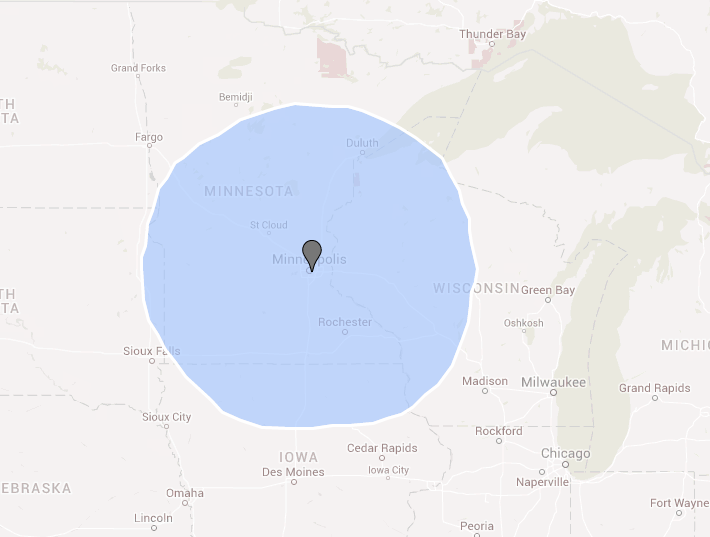Cultivating a Fibershed
Icelandic and Shetland sheep provide local fiber and environmental benefits. Photo by Jared Strand.
What is a "fibershed" and why does it matter? First, we can look at what we know about our current clothing system, and then what we can do differently right here at home.
The plentiful availability of cheap clothing has come at an inordinate cost to humanity and our environment. Increasingly, clothing manufacturers prey on societies with poor, challenged, or unstable economies, where garment work often means placing ones life at risk each day in dangerous and potentially deadly working environments, working long hours, earning the most meager of wages in order to keep their family from starvation. Disposable clothing is the order of the day with styles quickly changing with the seasons and lack of quality in materials used to make what we wear each day. Cheap clothing wears out quickly and isn’t easily repairable. Supply chains are difficult or impossible to identify and chemicals and dyes used in garment production and construction pollute soil and waterways, destroying food and drinking water sources of communities nearby.
A "fibershed" is a strategic geography, like a foodshed or watershed, a way to engage our community and local resources. The Fibershed model allows small farms to produce fiber while maintaining a diverse and healthy ecosystem in small pockets. The Three Rivers Fibershed focuses on a radius of 175 miles from the Textile Center in Minneapolis, and includes portions of Minnesota, Wisconsin, Iowa, and South Dakota.
Fibershed places the responsibility of where our clothing comes from- its production and construction- in our hands and within our community. It offers transparency, traceability, and accountability to each individual involved from the provider to processor to consumer. Fibershed champions the use of sustainable, locally sourced raw animal and vegetable fiber which has been ethically grown and raised, purchased at a fair price from environmentally responsible producers, and finally processed in a safe environment where all workers are treated and paid fairly. Consumers are deliberate and intentional in their clothing purchases, buying less clothing, but that is made to last a lifetime, whose story and background forms a direct and personal connection between producer and consumer while supporting a local industry with familiar faces and direct contact.
By supporting local farmers we can encourage climate beneficial fiber production: decreasing greenhouse gases through managed grazing, which sequesters carbon in the soil by locking it to nitrogen in animal wastes. In addition to reducing climate-warming gases, these practices minimize methane and ammonia production rather than creating excess waste through feed lots. Garments made of this long-wearing fiber represent carbon that is going to remain inert and out of circulation for a longer period of time.
Lastly, a Fibershed encourages community building and connections between consumers and producers, fostering personal satisfaction by knowing we are making a difference on a small scale, as part of a larger movement.
Thus far the Three Rivers Fibershed is spearheaded by a small steering committee, and we hope you'll join in and contribute in any capacity, as we post events, resources, and more ways to connect to one another.























